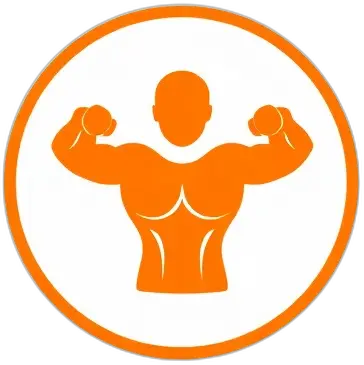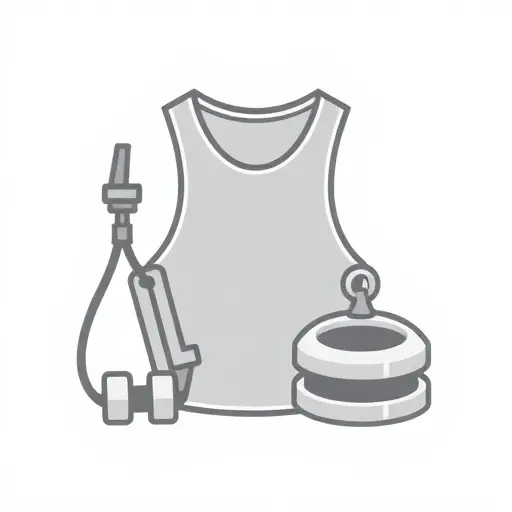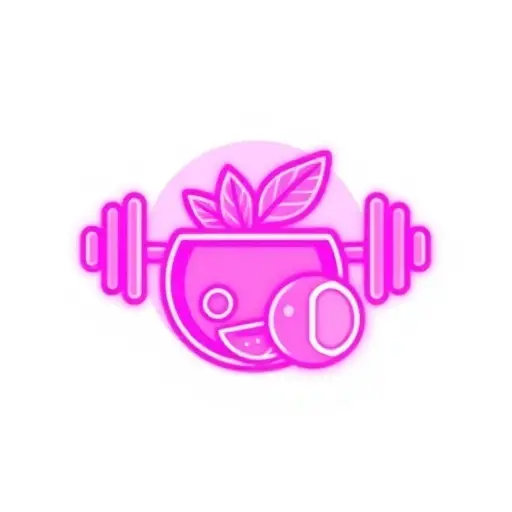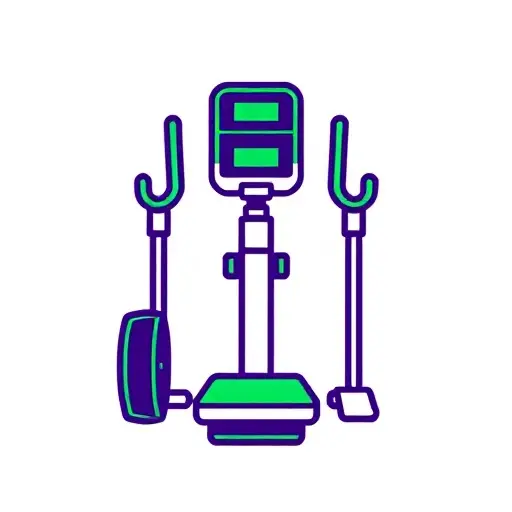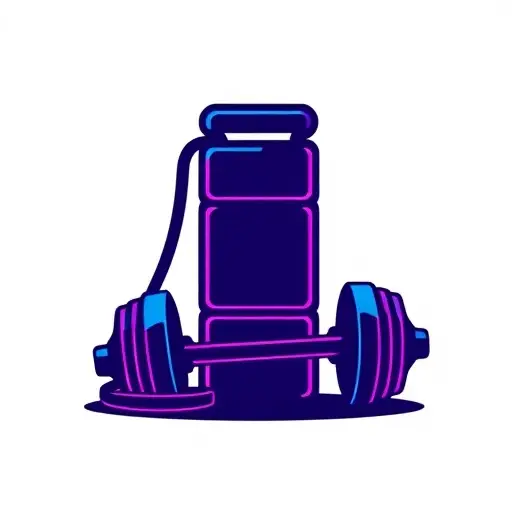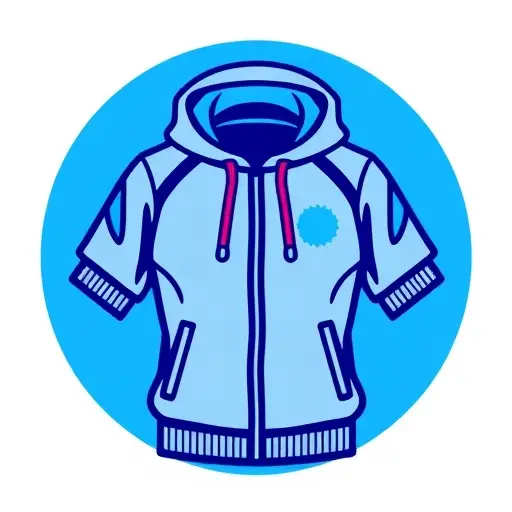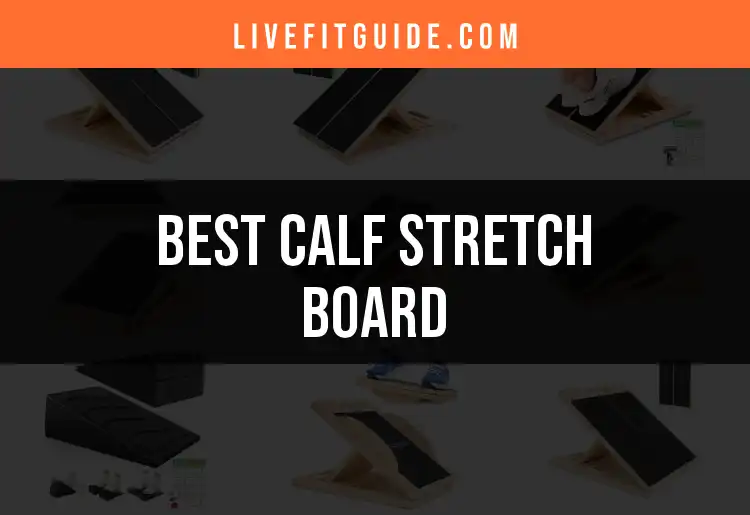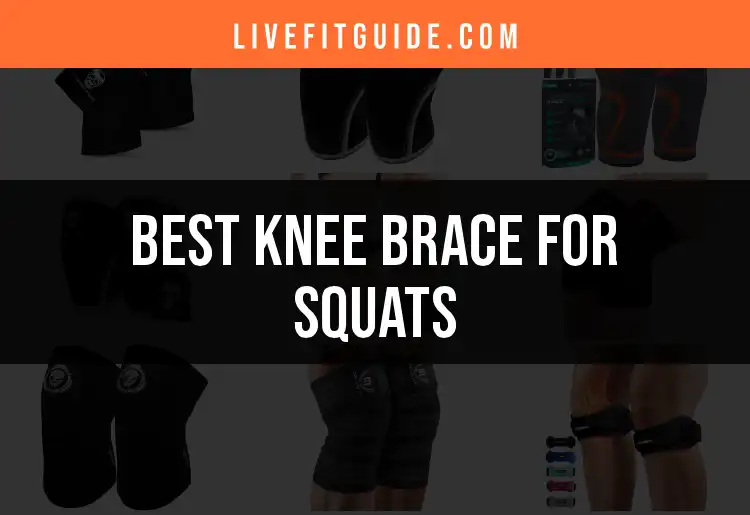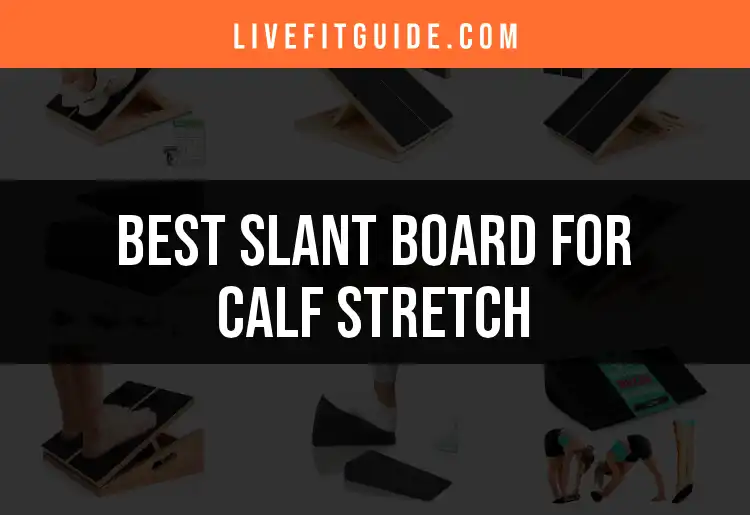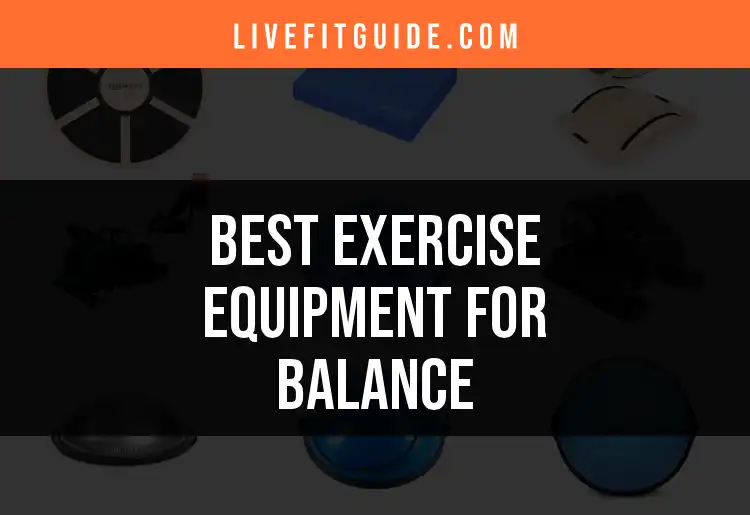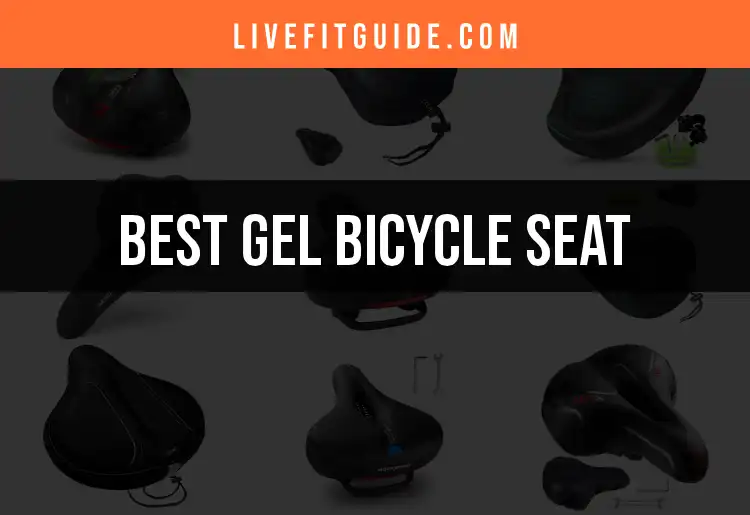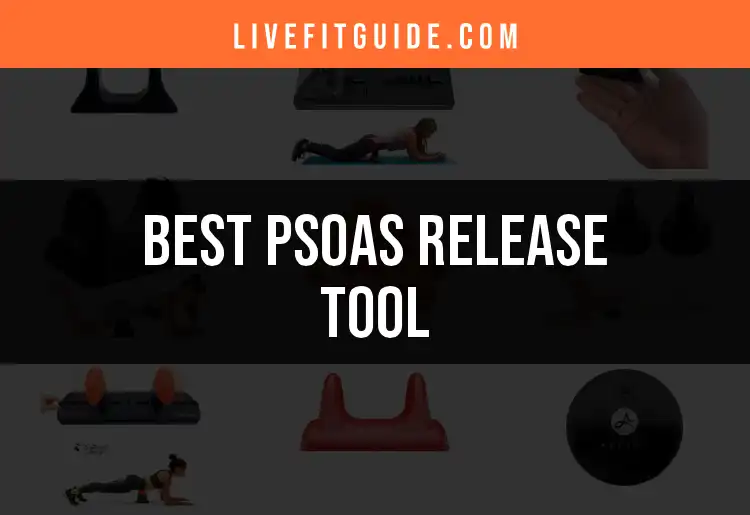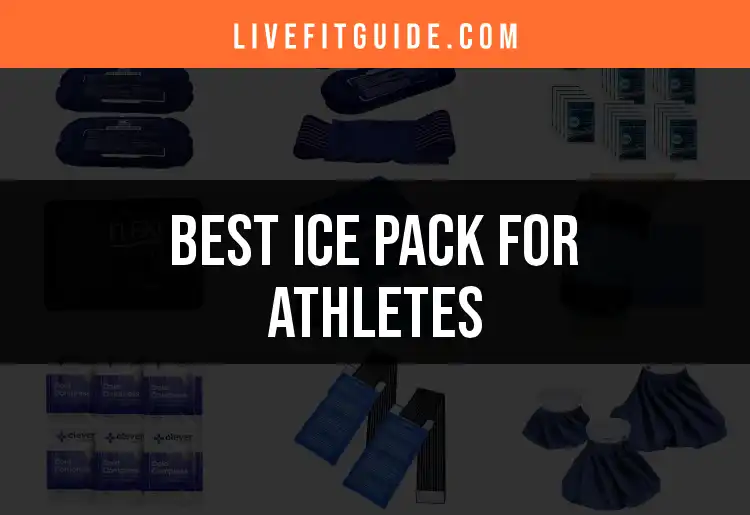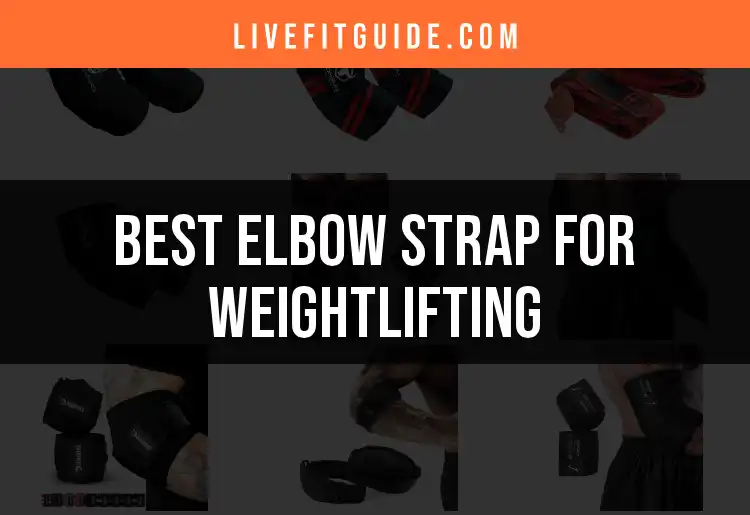Introduction to Support Equipment in Fitness
Support equipment forms the unsung backbone of effective, safe, and progressive fitness. Whether you are a beginner looking for ergonomic support or a pro athlete in need of enhanced stability and injury prevention, the right support gear enhances both performance and long-term health. Support equipment refers to a wide spectrum of products that help stabilize joints, protect equipment and surfaces, assist in rehabilitation, and optimize movement efficiency across a wide array of fitness disciplines.
A thoughtfully chosen piece of support equipment can:
- Reduce joint stress and fatigue during repetitive or high-intensity movements
- Improve technique by promoting proper body mechanics
- Protect both people and gym spaces from misplaced force or impact
- Maximize the longevity of training sessions, especially for high-skill or high-impact activities
This guide explores every aspect of support equipment, from combat sports to water aerobics, weightlifting, yoga, and beyond.
Boxing and Combat Support Equipment
Boxing Mitts
Boxing mitts are a staple in every boxer's training routine. They are designed for pad work, allowing a coach or partner to offer dynamic, mobile striking targets to train accuracy, reaction time, and power. Mitts come in several varieties: focus mitts, punch mitts, and focus pads. Each offers a unique size, shape, and padding thickness. High-quality mitts use dense, impact-absorbing foam and durable external materials like genuine leather or reinforced vinyl, both for safety and longevity.
Proper maintenance is crucial—wipe them down after every session, and regularly inspect for tears or compressed padding. The benefits for training include:
- Safer, more realistic striking practice
- Reduced risk of wrist or hand injury
- Improved control for the pad holder
Discover how to select and use them in practice with the guide to top-rated boxing mitts for training.
Additional Protective Gear
While boxing mitts are the primary tool, boxers should also use other support equipment like hand wraps, gloves, and headgear, each designed for specific training needs and safety requirements.
Support Equipment for Lower Body Strength and Stability
Knee Wraps for Squats
Knee wraps are essential for athletes aiming for heavy squats or anyone managing knee discomfort during leg training. There are several types, including elastic and neoprene wraps, each differing in the amount of support and compression they offer. Width and length are important: Longer wraps can provide greater support, while neoprene offers more comfortable compression.
Choosing the right knee wrap depends on your training style—powerlifters may prefer thick, highly elastic wraps, while fitness enthusiasts might choose lighter, more flexible versions for all-day wear. To apply knee wraps safely and effectively:
- Start below the knee cap and wrap in a spiral upwards.
- Overlap each layer by about half the width of the wrap.
- Adjust the tightness to provide support without cutting off circulation.
For detailed recommendations and fitting advice, see the selection of the best knee wraps for heavy squats.
Elbow Sleeves for Bench Press
Elbow sleeves deliver targeted compression, warmth, and support, especially critical to powerlifters and those rehabilitating from elbow injuries. Materials range from flexible neoprene to anatomically contoured fabrics, allowing both stability and mobility.
The primary benefits are reducing the risk of tendonitis, offering a performance boost through rebound, and easing the stress of repeated pressing motions. Learn more about optimal designs in this resource on the best elbow sleeves for intense bench pressing.
Support Equipment for Wrist and Arm Stability
Wrist Wraps for CrossFit
CrossFit demands repeated, high-stress motions that can overwork the wrist joint. Wrist wraps are built to offer adjustable yet firm support, reducing hyperextension and fatigue. The best wraps feature easy-to-adjust Velcro straps and a balance between flexibility for movement and rigidity for support.
Choose based on:
- Length (shorter wraps for mobility, longer for heavy support)
- Material (cotton for comfort, nylon for strength)
- Fastening (loop or thumb-free based on preference)
Review specific choices and application techniques in the article on top-rated wrist wraps for protecting your wrists during CrossFit.
Wrist Braces for Yoga and Push-Ups
Wrist Braces for Yoga
Yoga often places considerable load on the wrists, whether in plank, downward dog, or arm balances. A well-constructed wrist brace maintains correct joint alignment, disperses pressure, and can even aid those with mild wrist restrictions or chronic discomfort.
Materials range from stitched elastic fabric to more contoured, padded designs for extra comfort. Proper usage includes choosing a snug (but not tight) fit and ensuring unrestricted blood flow.
Get expert advice in this exploration of the most supportive wrist braces for yoga practitioners.
Wrist Braces for Push-Ups
Push-ups magnify wrist strain due to extension and sustained body weight. A purpose-built wrist brace for this movement should have an ergonomic shape, extra joint padding, and a simple closure for fast on-off. They offer essential support for those rehabilitating from sprains or building upper body endurance.
Explore this carefully curated list of the best wrist braces for pain-free push-ups.
Support Equipment for Water-based Exercises
Flotation Belts for Water Aerobics
Flotation belts provide core stability, body alignment, and confidence during water aerobics. Available in foam or inflatable options, they must balance buoyancy with comfort—too much lift can throw off balance, too little may not provide support. The best belts have adjustable straps, contoured shapes, and quick-dry materials.
They’re crucial for:
- Suspension exercises
- Deep water running
- Water-based rehabilitation
Select the most suitable for your needs by reading about the leading flotation belts for aquatic exercise.
Pool Noodles for Water Aerobics
A deceptively simple but versatile aid, pool noodles offer flotation, support, and resistance. They come in various firmness levels and diameters, with higher-density foam providing more support for adults.
Pool noodles are instrumental for:
- Assisted floating
- Simple resistance training
- Balance drills and flexibility stretches
Learn how to maximize this tool in the review of the best pool noodles for aquatic fitness programs.
Back Stretching Mats (Aquatic & Land Use)
Back stretching mats are designed to deliver support both on the pool deck and in the water. Key features include thick, high-density foam for lumbar support, sweat- and water-resistant covers, and surface textures for grip. These mats are ideal for pre- or post-session stretching or therapy.
For tips on getting the most from these mats, see this comprehensive guide to the top-rated back stretching mats.
Support Equipment for Floor and Mat Protection
Elliptical Mats for Carpet
Home gym setups often involve heavy, moving equipment over carpeted floors. Elliptical mats are purpose-built to protect flooring, reduce vibration, and prevent slipping. The most effective mats combine anti-slip textures, waterproofing, and tear-resistant PVC or rubber blends.
Easy care, long wear, and static reduction are also essential for maintaining both your carpet and machinery. Find more tips for your home gym setup in the article about the best elliptical mats for keeping your carpet safe.
Additional Floor Protection
Tape for Gym Floors
Secure equipment placement and clear traffic lines rely on quality tape specifically designed for gym floors. Options include double-sided tape for holding mats or anti-slip tape for high-traffic areas. Choose based on surface compatibility and strength of adhesive, and follow best practices for application to minimize residue or floor damage.
Detailed recommendations and techniques are outlined in the resource on the best gym floor tape solutions for fitness spaces.
Support Equipment for Flexibility, Balance, and Dancers
Foam Balance Pads
Balance pads are rectangular or square blocks of high-density foam that create an unstable but safe surface, driving improved proprioception and joint stability. Athletes recovering from injury or dancers working on balance drills especially benefit from these pads, which vary in both thickness and density for progressive training.
Recommended exercises and designs are examined in the overview of the top foam balance pads for stability and rehab.
Foot Stretchers for Dancers
Dancers rely heavily on both flexibility and precise foot articulation. A foot stretcher can gently assist with stretching the instep, arch, and ankle. Materials include hardwood, reinforced plastic, or flexible polymers, with padding for comfort and safety.
Proper form and gradual progression are critical for avoiding overstretch injury. Get full details in the guide to the best foot stretchers to enhance dancer flexibility.
Stretch Bands for Dancers
Stretch bands are available in both latex and fabric, offering variable resistance for gentle, safe flexibility gains. They’re ideal for warmups, cool-downs, or specific conditioning exercises.
Not sure which model is right for you? Consult the primer on the most effective resistance stretch bands for dancers.
Support Equipment for Strength Training Accessories
Weight Belts for Dips and Heavy Lifts
A secure, supportive weight belt adds extra resistance for bodyweight moves like dips and pull-ups. Premium options use thick, reinforced leather or heavy-duty nylon, plus rugged metal chains for attaching weight plates safely.
The right fit helps avoid shifting during movement and ensures pressure distribution for core safety. Strategies for proper use and top picks are described in the complete guide to weight belts for weighted dips.
Support Equipment for Specific Exercise Needs
Smelling Salts for Weight Lifting
Smelling salts are specialty products used by serious weight lifters for a quick mental and physical jolt just before maximal effort lifts. Options range in aroma and intensity. Usage requires discipline—used too often, they may dull effectiveness or cause discomfort.
Explore how and when to use these unique aids in the article about the best-smelling salts for strength athletes.
Support Equipment for Dancer Physical Preparation
Many dancers combine multiple support tools, such as foot stretchers and resistance bands, for optimal preparation and injury prevention. For a repeat reference:
- See how to select the best foot stretcher for dance training
- Explore top-rated stretch bands for dancers and flexibility work
These essential pieces round out a comprehensive support system to elevate any athletic, aquatic, or artistic training journey.
